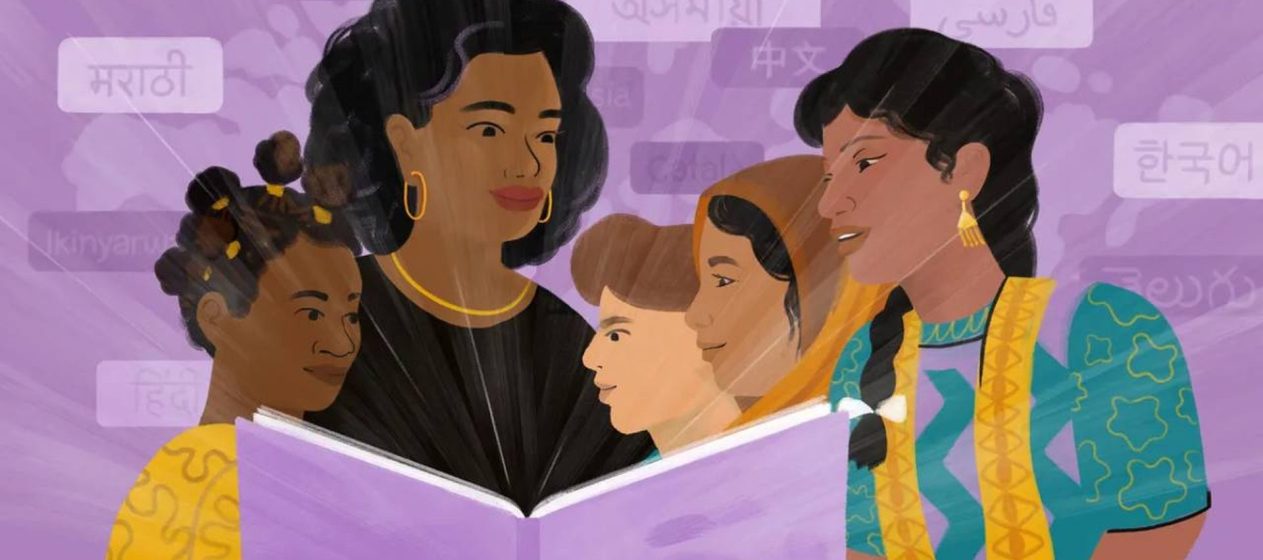
▲圖片來源:dataconomy
The new Meta AI model called NLLB-200 can translate 200 languages and improves quality by 44 percent on average, and has demonstrated tremendous potential.
The most widely used languages have been covered by translation applications for a while. Even if they don’t provide an exact translation, it’s typically close enough for the native speaker to comprehend.
NLLB-200 TRANSLATES 200 DIFFERENT LANGUAGES WITH ACCURATE RESULTS
However, there remain hundreds of millions of people who continue to experience lousy translation services in areas with numerous languages, such as Africa and Asia.
“To help people connect better today and be part of the metaverse of tomorrow, our AI researchers created No Language Left Behind (NLLB), an effort to develop high-quality machine translation capabilities for most of the world’s languages,” Meta stated in a press release. “Today, we’re announcing an important breakthrough in NLLB: We’ve built a single AI model called NLLB-200, which translates 200 different languages with results far more accurate than what previous technology could accomplish.”
The metaverse strives to have no boundaries. Translation services will need to provide correct translations fast in order to make that possible. Also, did you know Google AI Pathways Language Model can explain a joke?
NLLB-200 reportedly achieved a 44 percent higher “quality” translation score.
“As the metaverse begins to take shape, the ability to build technologies that work well in a wider range of languages will help to democratize access to immersive experiences in virtual worlds,” the company explained.
In comparison to earlier AI research, NLLB-200 reportedly achieved a 44 percent higher “quality” translation score. The translations produced by NLLB-200 were more precise than human translations for some languages with African and Indian roots.
HOW META AI ACHIEVED THESE RESULTS?
Most machine translation (MT) models available today only function with mid-to-high-resource languages, leaving the majority of low-resource languages behind. Meta AI researchers are creating three important AI developments to overcome this problem.
NLLB-200 were more precise than human translations for some languages with African and Indian roots.
To assess and enhance NLLB-200, Meta produced a dataset dubbed FLORES-200. Researchers can evaluate FLORES-200’s performance “in 40,000 different language directions” thanks to the dataset.
Developers are welcome to contribute to both NLLB-200 and FLORES-200 in order to expand on Meta’s work and enhance their own translation tools.
For academics and nonprofit organizations that want to use NLLB-200 for worthwhile purposes related to sustainability, food security, gender-based violence, education, or other areas that support UN Sustainable Development Goals, Meta has a pool of grants totaling up to $200,000.
But not everyone is quite sold on Meta’s most recent project.
“It’s worth bearing in mind, despite the hype, that these models are not the cure-all that they may first appear. The models that Meta uses are massive, unwieldy beasts. So, when you get into the minutiae of individualized use-cases, they can easily find themselves out of their depth – overgeneralized and incapable of performing the specific tasks required of them,” stated CTO of Iris.ai, Victor Botev.
You can try out a demo of NLLB-200.
“Another point to note is that the validity of these measurements has yet to be scientifically proven and verified by their peers. The datasets for different languages are too small, as shown by the challenge in creating them in the first place, and the metric they’re using, BLEU, is not particularly applicable,” he added.
You can try out a demo of NLLB-200 by visiting this link. “We’ve created a demo that uses the latest AI advancements from the No Language Left Behind project to translate books from their languages of origin such as Indonesian, Somali, and Burmese into more languages for readers – with hundreds available in the coming months. With this AI tool, families can now read stories together from around the world in a language that works for them,” Meta stated. Recently, we’ve covered that P-computers are the future for developing efficient AI and ML systems. These systems are also critical when it comes to creating efficient AI models.
轉貼自: dataconomy
若喜歡本文,請關注我們的臉書 Please Like our Facebook Page: Big Data In Finance


留下你的回應
以訪客張貼回應